Although intuition is not something that can be felt, it can bear very real results. Our only problem is that we don’t know how to obey our intuition, and that’s why it’s necessary to develop our intuitive skills. A person with developed intuition is tuned to the most subtle information waves. Here are the steps on how to develop intuition and better understand your emotions, desires, feelings.
Each of us is gifted by the creator with special talents, each has the ability to use conscious and subconscious thoughts. Our intuition is a powerful tool but it works in an unknown way. Sometimes intuition leads you through knowledge to unknown paths.
In Second Sight I recount my journey to accept and embrace my intuitive abilities. Intuition isn’t just something that strikes by chance. One must develop it. To do this, there are 5 essential steps that I’d like to share with you in this excerpt from the book.
5 Steps To Develop Intuition
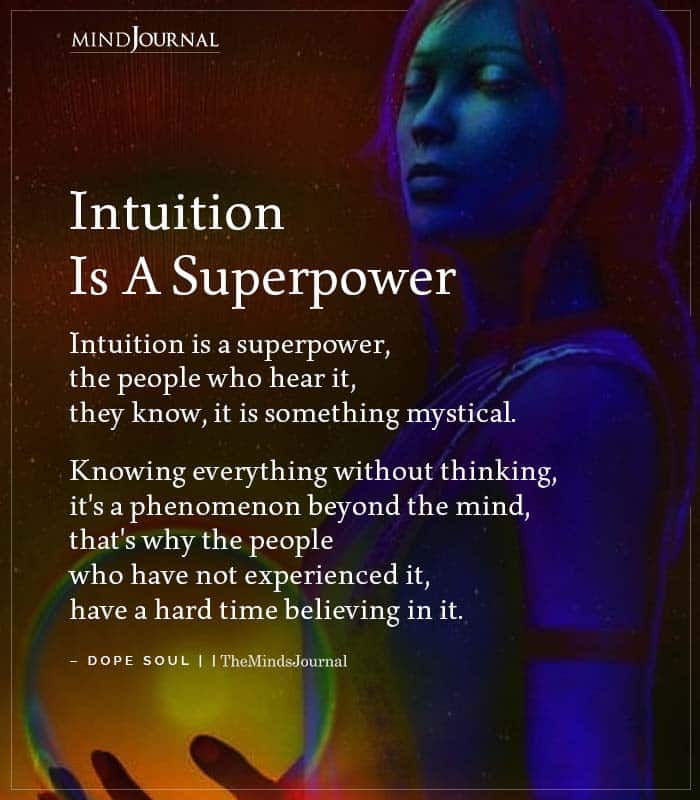
Step 1: Notice Your Beliefs
Your beliefs set the stage for healing. Positive attitudes stimulate growth. Negative attitudes impede it. It’s important to rid yourself of counterproductive attitudes that you may not even realize you have. No organ system stands apart from your thoughts. Your beliefs program your neurochemicals.
Read: How Changing Your Beliefs Will Make You Realize How Much Life Has To Offer
Step 2: Listen to Your Body
Your body is a complex and sensitive intuitive receptor. Most people in Western society are conditioned to live from the neck up, ignoring the rest of their bodies. This stance is counter-intuitive. Being aware of the sensuousness of your body opens intuition. Then you’ll become more attuned to early warning signs your body sends.
Step 3: Sense Your Body’s Subtle Energy
We are composed of flesh and blood, but also of subtle energy. Chinese Medical Practitioners call it “chi,” a vital substance that penetrates the body and extends many feet beyond it. From an intuitive point of view, these vibrantly colored energy fields, whose centers are called chakras have a significant effect on our health.
For that reason, it is important that we learn to sense this energy within us, recognize when it is off, and learn to correct the imbalance. Feeling energy can be very sensual, an extension of love. Learning to tap into your body’s energy is healing.
Step 4: Ask for Inner Guidance
We each possess an intuitive voice that contains answers about our healing. Because our intellect is often so loud, this voice often gets drowned out. It’s essential that we learn to access the stillness within–through meditation, quiet contemplation, connecting with nature, prayer-in order to gain answers about our health.
Spend a few minutes each day devoted to listening to this voice. It may appear as a gut feeling, a hunch, an image, a sound, a memory, an instant knowing-as if a light bulb suddenly switched on. Learn to trust the signals your inner wisdom sends.
Read: How To Unleash Your Inner Yoda: The 8 Step Plan To Lead Your Team Through Uncertainty
Step 5: Listen To Your Dreams
Intuition is the language of dreams. Every ninety minutes each night during the REM stage of sleep, we dream. Dreams provide answers about health, relationships, career choices, any new direction. The secret is to remember them. I suggest keeping a dream journal by your bed. Before you go to sleep, ask a dream question.
For instance, “Is this relationship healthy for me or should I move on?” The next morning, write down any dreams immediately before getting out of bed. Try repeating the question, every night for the next week until your answer comes. As you develop the habit of remembering dreams, you’ll be able to benefit from this form of healing.
As a physician, I have a continual sense of awe for the relationship between body and spirit. As your heart opens, so does your intuition. Your intuition will teach you how to see and how to love. It will instill in you a renewed faith to face anything.
(Adapted from Second Sight: An Intuitive Psychiatrist Tells Her Story and Show You How to Tap Your Own Inner Wisdom (Three Rivers Press, 2010) by Judith Orloff MD)
Written By: Dr. Judith Orloff
Originally Appeared On: Dr. Judith Orloff

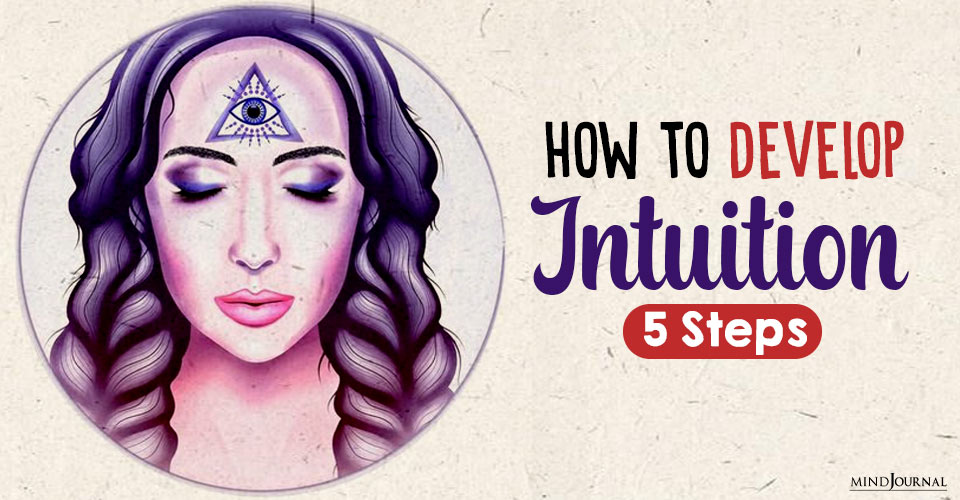
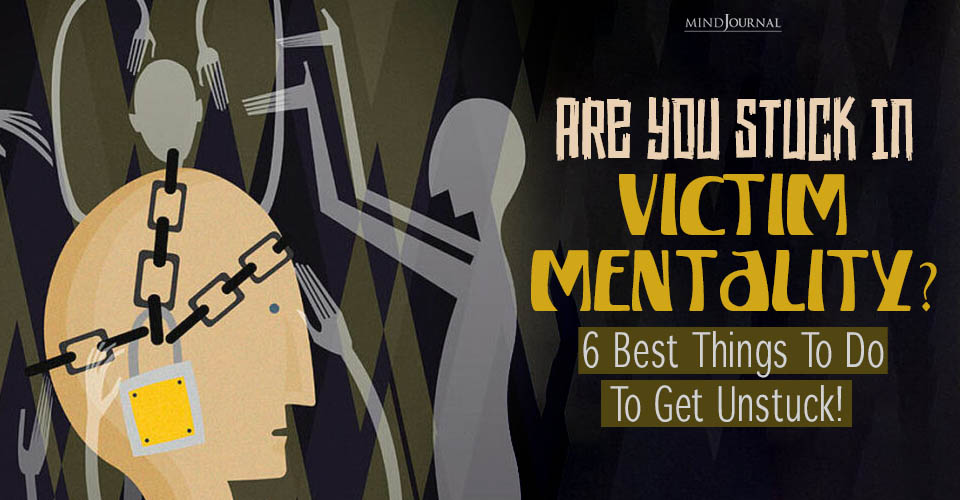




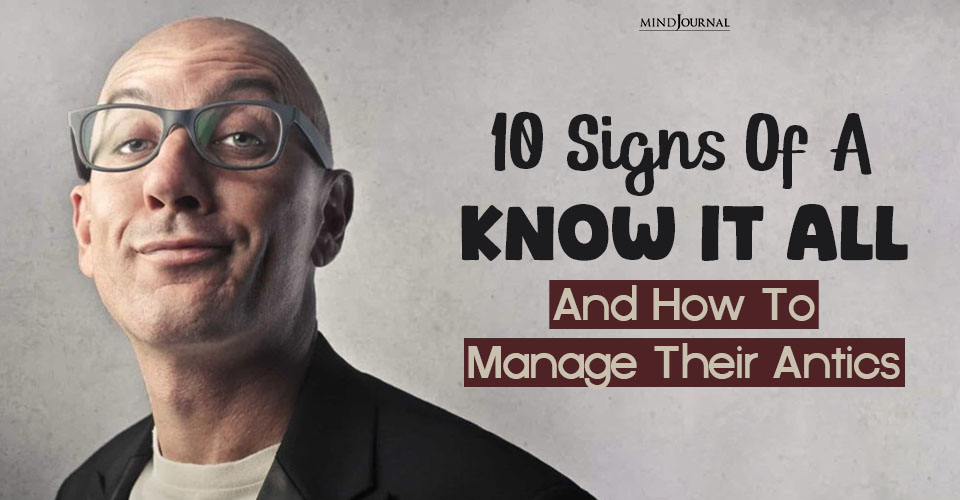
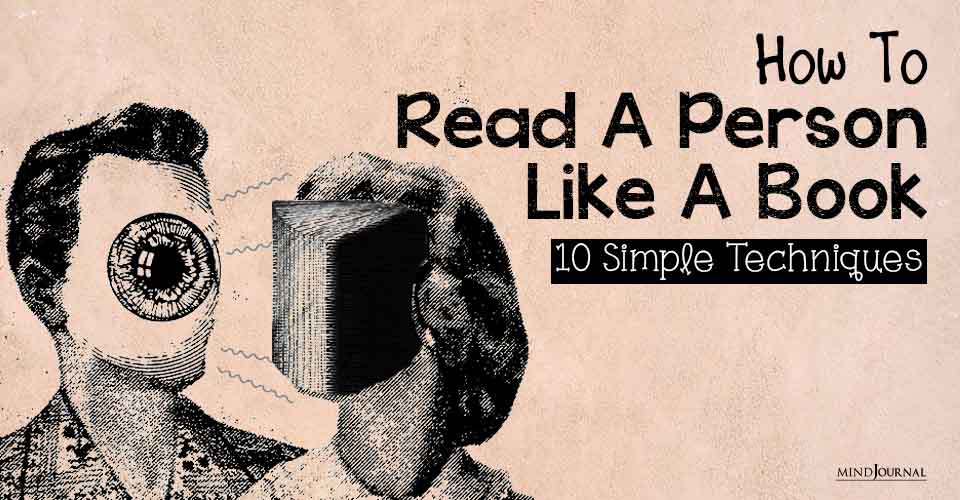
Leave a Reply